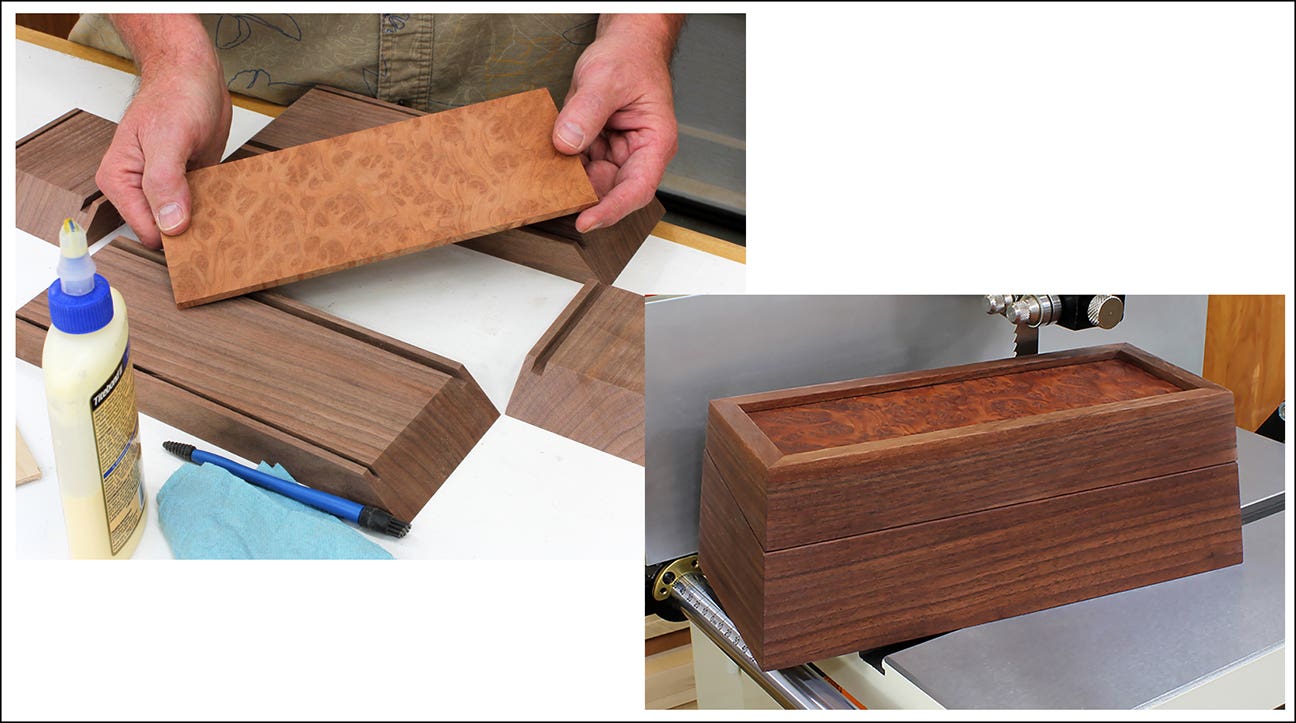Forecast is for increased regulation with chance of growth
The U.S. Environmental Protection Agency issued its final rule to reduce exposure to formaldehyde vapors from certain wood products produced domestically or imported into the United States. The agency said…
The U.S. Environmental Protection Agency issued its final rule to reduce exposure to formaldehyde vapors from certain wood products produced domestically or imported into the United States.
The agency said it worked with the California Air Resources Board to help ensure the final national rule is consistent with California requirements for composite wood products.
“We are carrying out important measures laid out by Congress to protect the public from harmful exposure of this widely used chemical found in homes and workplaces,” Jim Jones, EPA assistant administrator for the Office of Chemical Safety and Pollution Prevention, said in a statement.
“We have worked with the State of California as a partner to help ensure consistency in our requirements. The new rule will level the playing field for domestic manufacturers who have a high rate of compliance with the California standard and will ensure that imported products not subject to California’s requirements will meet the new standard and thus, not contain dangerous formaldehyde vapors.”
The Formaldehyde Emission Standards for Composite Wood Products Act of 2010 established emission standards for formaldehyde from composite wood products and directed the EPA to finalize a rule on implementing and enforcing a number of provisions covering composite wood products.
One year after the rule is published, composite wood products that are sold, supplied, offered for sale, manufactured or imported in the United States will need to be labeled as TSCA Title VI compliant. These products include hardwood plywood, MDF and particleboard, as well as household and other finished goods containing these products.
The EPA is also setting testing requirements to ensure that products comply with those standards, establishing eligibility requirements for third-party certifiers and establishing eligibility requirements for accreditation bodies to be recognized by the EPA that will accredit the third-party certifiers.
The new rule includes certain exemptions for products made with ultra-low formaldehyde or no-added formaldehyde resins and new requirements for product labeling, recordkeeping and enforcement provisions.
Continued growth predicted
In the coming year, homeowner remodeling activity is projected to accelerate, keeping the rate of growth above its long-term trend, according to the Leading Indicator of Remodeling Activity from the Remodeling Futures Program at the Joint Center for Housing Studies of Harvard University.
The LIRA anticipates growth in home improvement and repair expenditures will reach 8 percent by the start of 2017, well in excess of its 4.9 percent historical average.
“A healthier housing market, with rising house prices and increased sales activity, should translate into bigger gains for remodeling this year and next,” managing director Chris Herbert said in a statement. “As more homeowners are enticed to list their properties, we can expect increased remodeling and repair in preparation for sales, coupled with spending by the new owners who are looking to customize their homes to fit their needs.”
“By the middle of next year, the national remodeling market should be very close to a full recovery from its worst downturn on record,” research analyst Abbe Will added. “Annual spending is set to reach $321 billion by then which, after adjusting for inflation, is just shy of the previous peak set in 2006 before the housing crash.”
This article originally appeared in the September 2016 issue.






